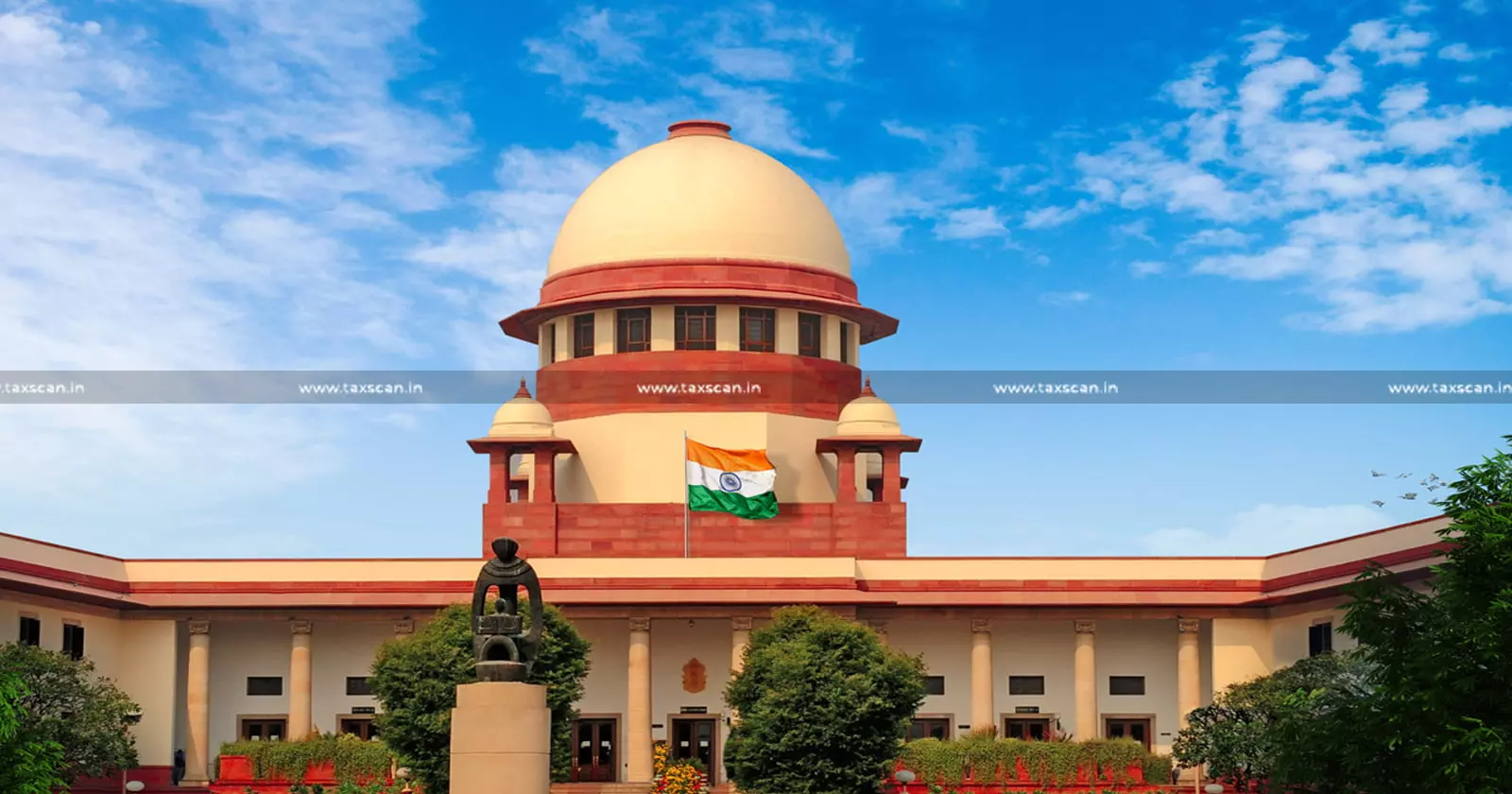5.3 Cr Pending Cases & 219 Working Days: Supreme Court’s 2026 Calendar Sparks Debate on Efficiency & Judicial Vacancies [Read Order]
Users on X (formerly Twitter) are debating the working efficiency of the Supreme Court, with relevant points being raised for either side.

The Supreme Court of India has published its official 2026 working calendar, detailing the complete list of court holidays, vacations, restricted holidays, and new partial working days. As per the schedule, the Apex Court will have 219 full working days, around 15 partial working days and nearly 132 holidays including Sundays and vacation.
For the first time, the Supreme Court has introduced a provision for Partial Working Days during the traditional summer vacation period. Between June 1-12 and July 1-10, 2026, limited vacation benches will function to hear urgent and essential matters, ensuring that adjudication of emergent cases are not interrupted. The Registry will also remain operational during this period.
Also Read: High Court Tax Cases Pendency: 33% Yet to Get First Hearing, says Database
While the move towards partial functioning has been welcomed by sections of the legal community, the release has reignited a larger debate on judicial efficiency, pendency, and accountability. The figures come at a time when India’s judiciary is grappling with over 5.3 crore pending cases - more than 70,000 in the Supreme Court, 60 lakh in High Courts, and 4.6 crore in district courts.
At the same time, jurisdictional High Courts across the nation continue to operate with 29% vacancies, while district courts face a 19% shortage of judges. Critics have questioned whether the limited working schedule aligns with the scale of pendency and the need for judicial reforms.
X remains ablaze with opinions and comments from all sides,
https://x.com/Indian_Analyzer/status/1990795175485190494
Dr. B.K. Nath(@nathbkdr), National Secretary of the OBC Morcha, remarked that focusing solely on the number of holidays misses the larger institutional challenges.
“The focus on court holidays is an easy target, but it hides the real failures of the justice system. The real problem is that too many judge posts are empty, the courts still use slow outdated methods, and there is no clear accountability for delays. Cases get postponed too easily, technology is poorly used, and the Supreme Court is overloaded with routine matters that should be handled in lower courts. Delays by police, government officers, and lawyers are rarely punished, so the system keeps moving slowly. In the end, ordinary people suffer the most because justice becomes slow, costly, and uncertain. The holiday calendar is not the real issue , fixing vacancies, improving systems, and enforcing accountability are the tough reforms the judiciary has avoided for years.”
Another voice in the debate, Mohit Singh(@imsinghmohit) urged a balanced view.
“Everyone talks about pendency but no one considers the disposal rate of judges. See that too then will realise the work done by them considering their age also.
Meanwhile, several accounts note that the 2026 calendar is more systematic and transparent than before, with clear visibility of holidays, hearing days and recess periods that would aid litigants and law firms in planning effectively.
Also Read: ₹6.85 Lakh Crore Worth of Cases, Over 2% of GDP Pending in Tax Tribunal, Says CJI B. R. Gavai
The discussion is indeed indicative of a growing divide between those calling for greater judicial accountability and structural reform and others emphasizing the need for better resources and support for an overburdened judiciary.
As we near the end of 2025, India’s courts continue to balance the pressures of pendency while upholding requisite working recesses.
Support our journalism by subscribing to Taxscan premium. Follow us on Telegram for quick updates


